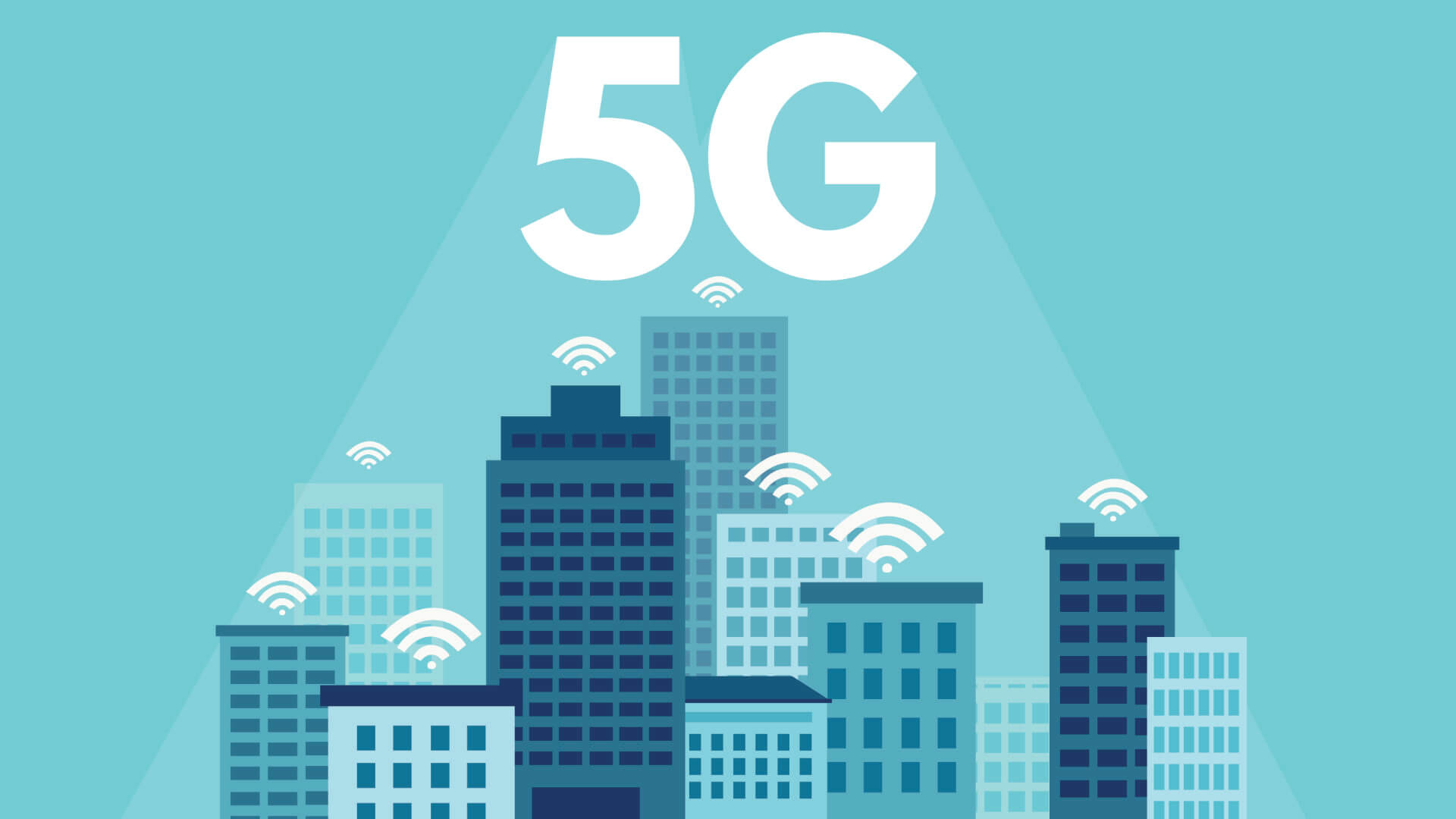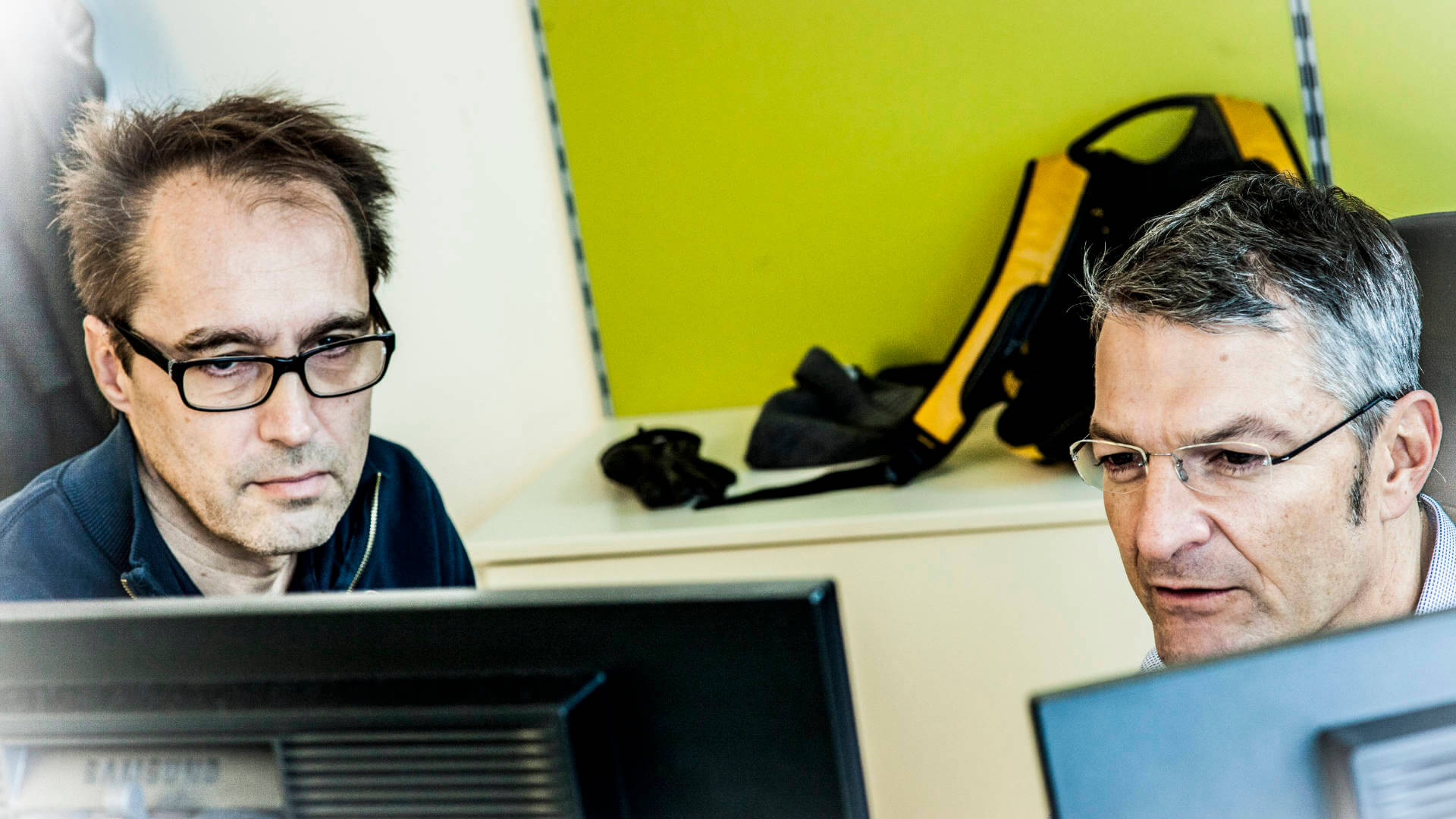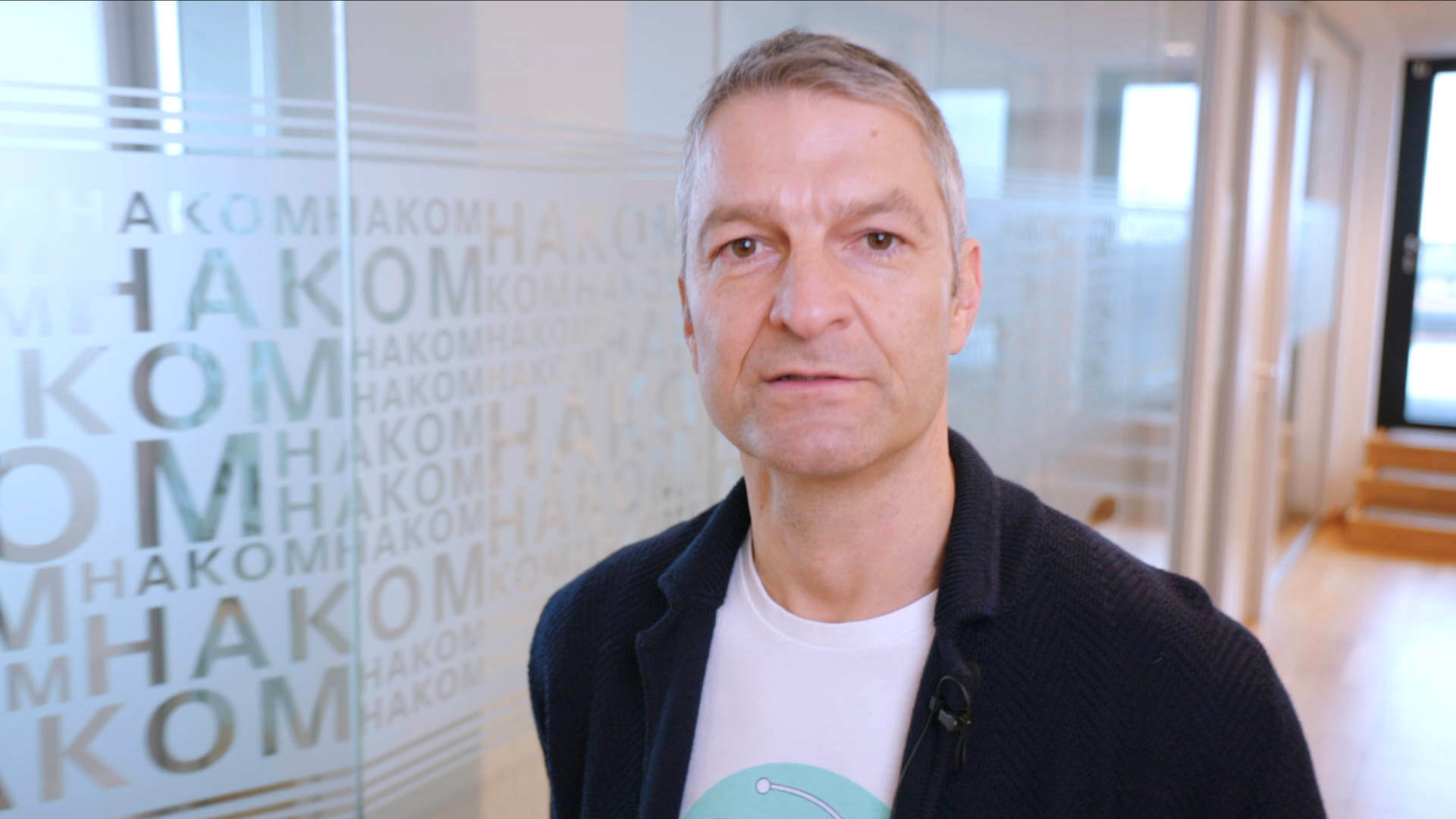5G – the new data wave in the air.
5G, that stands for the fifth generation in mobile communication. We started with GSM, so "1G". That was something. It all began on 30 June 1992, when Mannesmann's D2 network began operations. Just one day later, Deutsche Telekom went into operation with the D1 network. SMS followed pretty soon. Text messages could be sent and received. The first "SMS-enabled" mobile phones came onto the market.
Since then 27 years have passed and the "mobile phone" in front of the nose is as normal as the glasses on it. In the past, the GSM telephone was regarded as a status symbol. Today it has become an everyday tool for many things. It's just that they don't talk on the phone anymore. Taking pictures is at the top of the scale in user behaviour, data services via apps are the radio topic. When people talk, it's via apps but no longer classic. A thorn in the side of the mobile operators.
Today 4G / LTE is radioed in all conurbations of the world. Rapidly fast, 400 MBit/s download and many more uploads the radio cell potentially allocates to the user. But the average consumer usually gets only 10 MBit/s assigned by the servers up there in the cloud. Lean. But it is completely sufficient to stream a 4K video with a certain buffer. And now with 5G, a fabulous 20,000 MBit/s should be able to do it when everything is up and running. Why all this, if the servers up there in the cloud don't manage that for a big amount of users?
At 5G the interested layman is enthusiastic about the bandwidth. That's not all it's about. Yes, too, but not primarily, because 4G / LTE already provides more than enough bandwidth for most applications. So why 5G, what does that bring, a question that few can answer accurately. HAKOM asks the question why 5G and what to do with all the data the 5G network will produce.
5G locals rule - shared responsibility.
The top rule of the surf etiquette is: "Locals rule". The locals set the tone, have the know-how when, where and how the wave breaks and are the ones who are allowed to ride them first.
"Locals rule also applies to the 5G network. "Intelligence" and data storage is transferred to the cell. Whereas all network data in the 4G / LTE network is collected in a server cluster, a lot of data in the 5 network is located in the cell. Is is processed there and never reaches the server cluster by default. This must be the case, because the 5G network was conceived as an enormously powerful, flexible and dynamic structure. A fast, highly efficient network, slim and minimalist. The 4G net, on the other hand, looks slow and old-fashioned.
Secret services have a bad heart about 5G technology. It is almost not possible anymore to monitor the mobile devices, since the data can hardly be accessed physically. End to end, they're encrypted, too. “Bugs" disguised as radio cells can also no longer be installed. The network must be so secure, because 5G will take on delicate tasks, including in urban infrastructure.
Autonomous driving on a higher level for example: If all vehicles in the 5G network are logged in together with their destination, the 5G network can optimize the traffic flow of a large city. This all has to happen in a flash. It would be too slow to send data to the cloud and pick it up again after "processing". The cells will perform important tasks autonomously. Traffic flow data, data with time stamp, time series in a completely new way will be to handle. It is a technological challenge not only to manage this immense data flow from distributed sources, but also to make it usable.
The time series technology of HAKOM deals exactly with this topic, because the future has already begun in some cities.
5G easy going – smooth handover.
5G is a very hard radiation. This must be the case, because the higher the frequency of the wave, the more data it can transport. But it also means that an obstacle opposes the wave, bounces it off, cannot, for example, "surround" a building like a long wave. 5G is a network that for this reason requires an enormous radio cell density. On average, a 5G cell will have to be installed every 300 meters, which must be suspended from a fiber optic landline. A logistical and above all legal mammoth task to build such a network.
But this disadvantage is offset by an advantage that will enable completely new applications: A smooth real time handover from one access point to the next will be possible. And it is absolutely reliable without connection breaks as in the original GSM network.
Industry 4.0, Logistics 4.0 address these new possibilities, for example in the form of Automated Guided Vehicles (AGV)). AGVs, which traditionally travel predefined routes on conductor loops in factory buildings, become autonomous. You will be able to take any road that is passable, optimized in the system. Not only in halls but also outdoors in life: The pizza delivery service without a pizza man, the taxi in which nobody sits behind the wheel. It all reminds a bit of "Total Recall", the SciFi movie of the 1990s.
5G rapid response - Latency that you will fall in love with.
Anyone who used IP telephony in the early days knows the problem: the conversation could quickly become confusing. The "back and forth" of the call-data took too long, the latencies were too high. You never knew, if something was to come from the person you were talking to or he was already waiting for an answer.
The possible latencies in the 5G network, on the other hand, are breathtaking. One millisecond will be possible. That's four times faster than the response of a human eye. The best boxers need two hundred times as long to make a hit. A new era is dawning for robotics with 5G: Medical robots that precisely mimic the movements of a surgeon with virtually no latency, exoskeletons that will enable people with disabilities to take on a new dimension of mobility, wearables that will make life easier or serve research, smart wear in industry that will create collaborations between humans and robots, for example to perform dangerous tasks. Augmented reality will also outgrow its children's shoes. Google has already made itself fit for this years ago. Map services are enriched with real-time data, outdoor advertising is customized to groups of people who are currently walking past the LED posters, for example.
All the latencies are useless if the applications that manage and process the massive data stream are not high-performance. A new level of performance is needed at all levels.
5G slicing - the clever network.
5G is consciously developed as a highly flexible technology and solves, among other things, a major shortcoming of 4G technology. It can individually allocate bandwidth and even latency to each user as needed. It makes no sense to offer a user who only wants to write e-mails the same performance as an Automated Guided Vehicles system logged into the 5G network. This is made possible by network slicing. Each participant in the network is provided with an individually performing network, depending on the application executed. The fight for bandwidth and latencies in the 5G net is won or lost by the executed app. Only high performance apps will release the full theoretical performance of the 5G network.
5G trendy - green radio.
LTE networks are energy guzzlers. Radio cells technology and transmission protocols suck neatly on the power grid. Different in the 5G network: Lean protocols and energy-saving radio cells. Although the radio cell density in the 5G network will have a higher density than that of the LTE network, the total energy demand of the network will be lower for comparable applications. Experts even assume that for this reason it will be worthwhile to convert old devices to the new 5G technology, this is called retro fitting.
5G customized - radio on campus.
Already, 5G networks in many places are replacing conventional WLan technology. The advantages are obvious: Absolutely tap-proof, extremely fast, open for IoT and whatever else is coming. Currently mainly found in technology centers, in the campus area, in areas where it is about highly sensitive data such as military facilities or vital infrastructure. In the professional sector, 5G will gradually replace the classic old WLan. Eric Kuisch, CTO of Vodafone Germany, is also convinced of this.
5G data booster - data, data, data.
The new 5G network will be an unprecedented data producer: Industry 4.0, agriculture 4.0, logistics 4.0 and much more are currently emerging. Everywhere sensors, IoT, networked machines and more. Present in the private sector even more than often assumed: Google Home connects the house to Philips Hue, for example, all the way to lighting control. The Home Cinema is naturally integrated into the worldwide network. Washing machine, refrigerator and Co. still seem futuristic, but will soon be part of everyday life.
In the 5G network, data volumes will be measured, distributed and stored in the future far away from any normal imagination. Data that is worthless in itself. In order to generate benefits, they must be made systematically usable and the data must be given added value. If that doesn't work, the 5G network will produce a huge mountain of data garbage. The 5G network will only be as good as the benefits that can be derived from the new data.
The new HAKOM Time Series Technology will make a significant contribution to this. Looking to the future, a technology has been developed that provides an important tool for all those who will have to deal with timestamped data on the 5G network: High-performance, scalable time series technology that makes it possible to process data from distributed data sources in a meaningful way, regardless of platform. And this comes with the performance that the new network demands. With FeasyUse®, breathtakingly fast, as fast as the 5G network wants.
Contact the author Stefan Komornyik.





